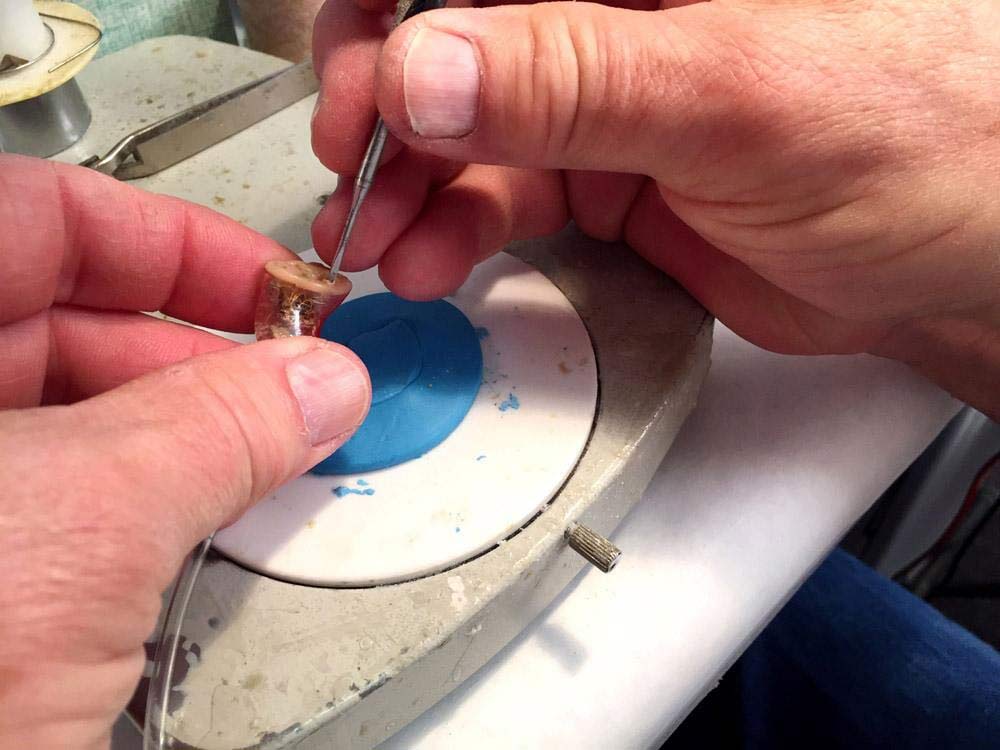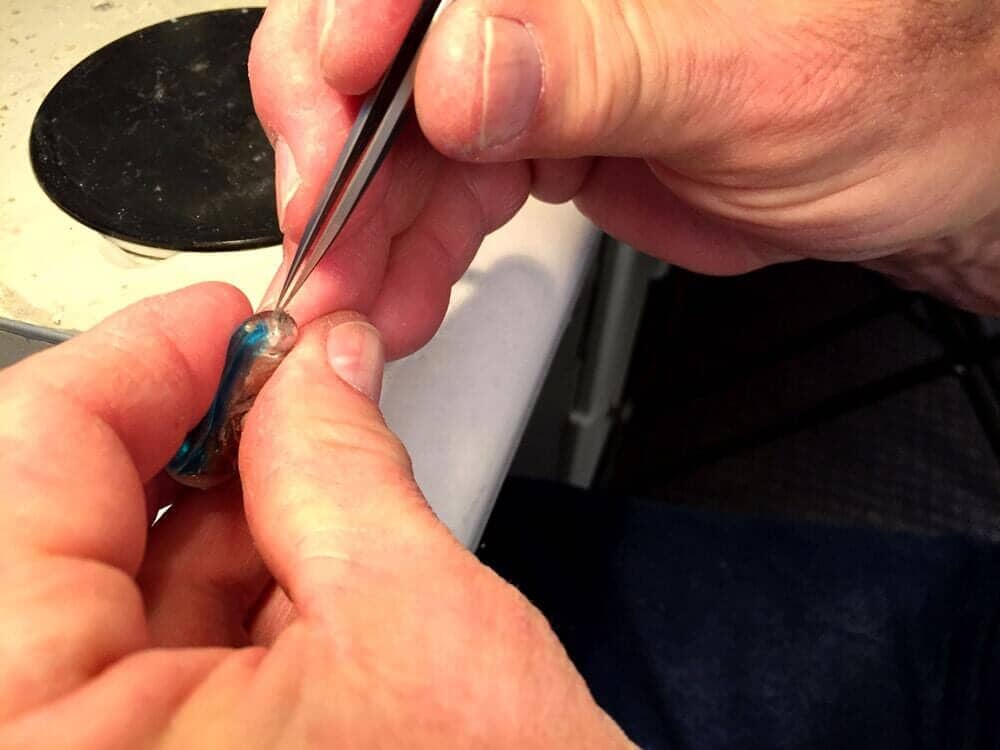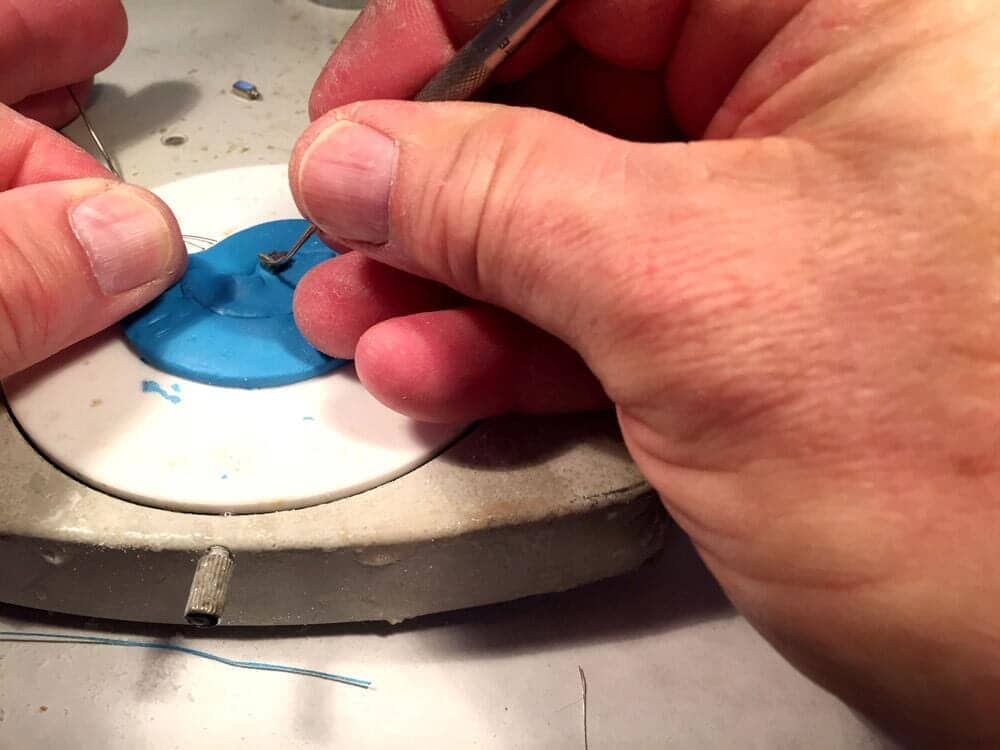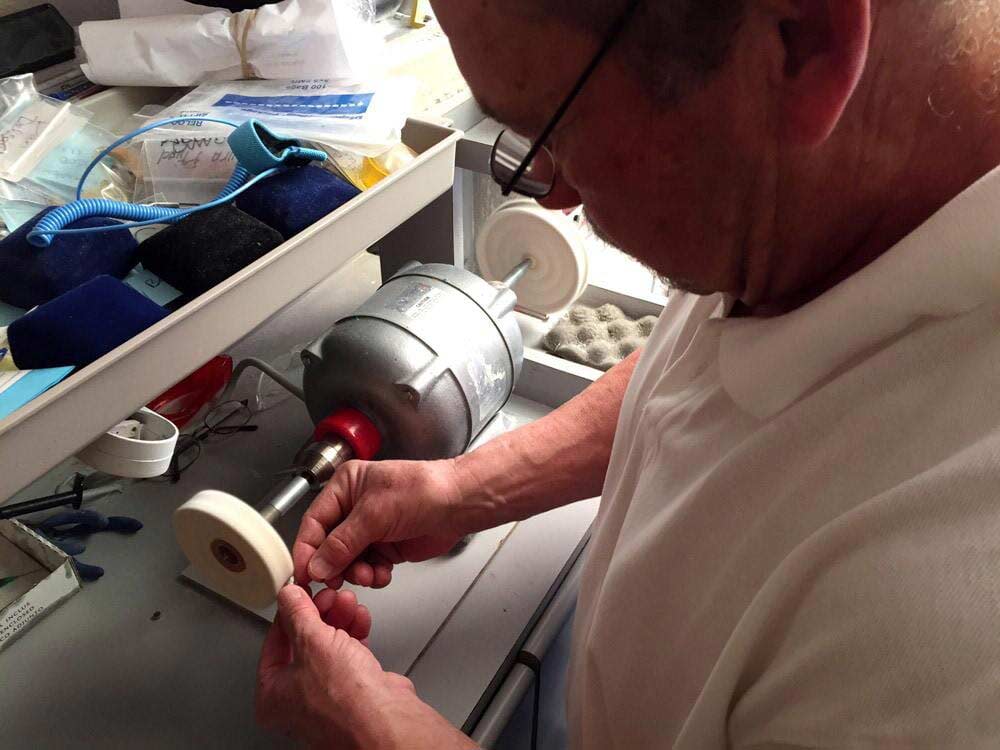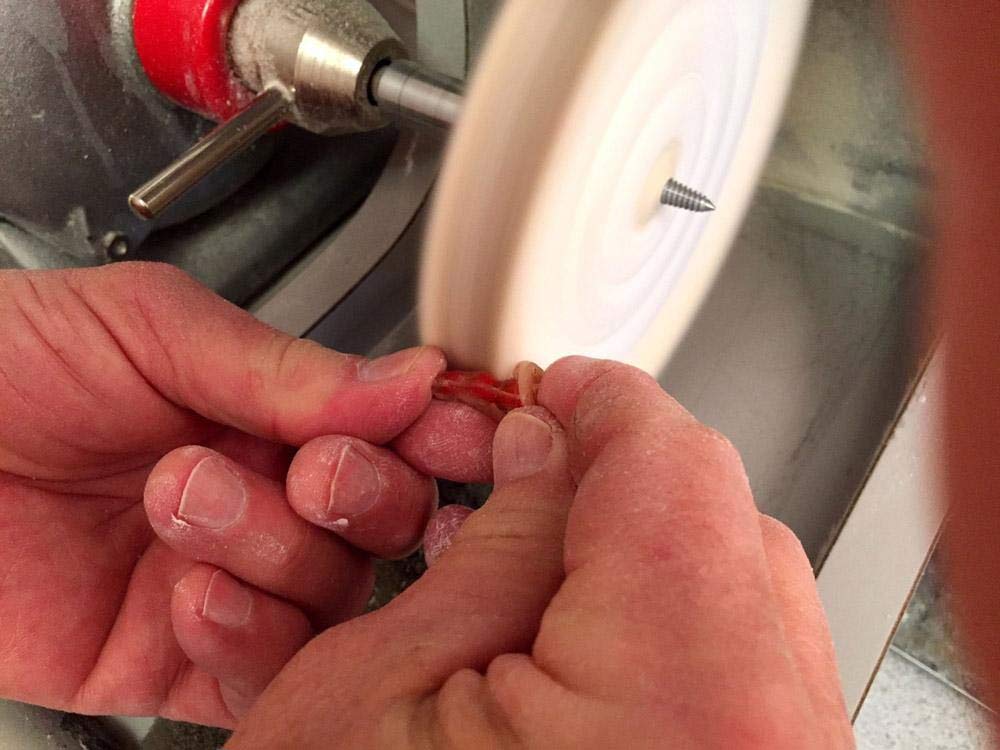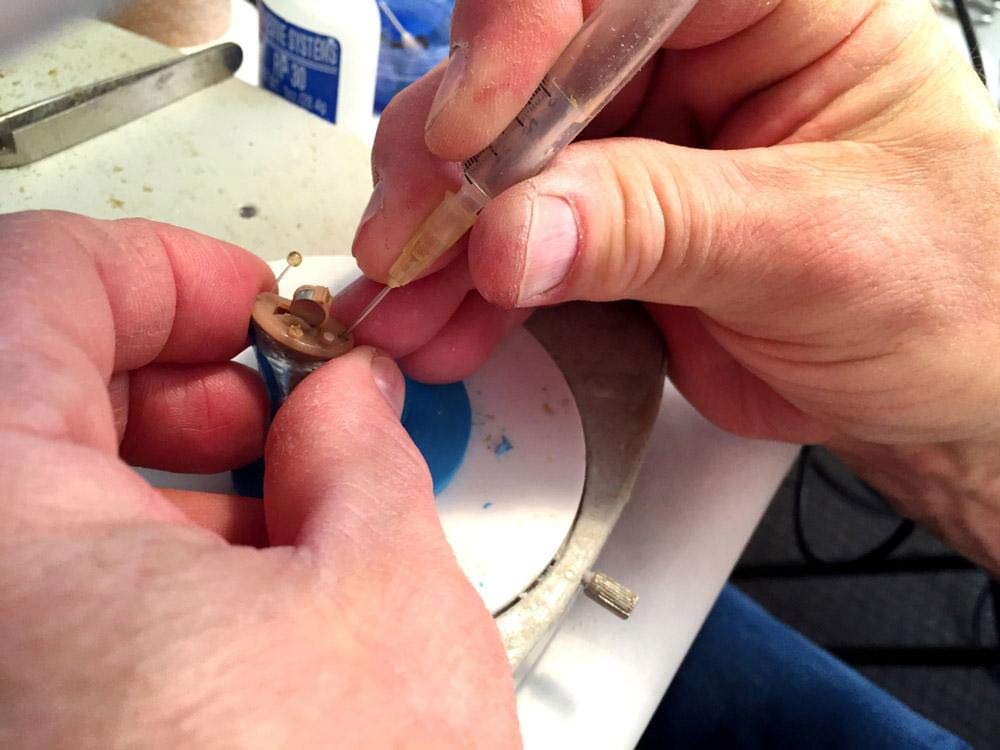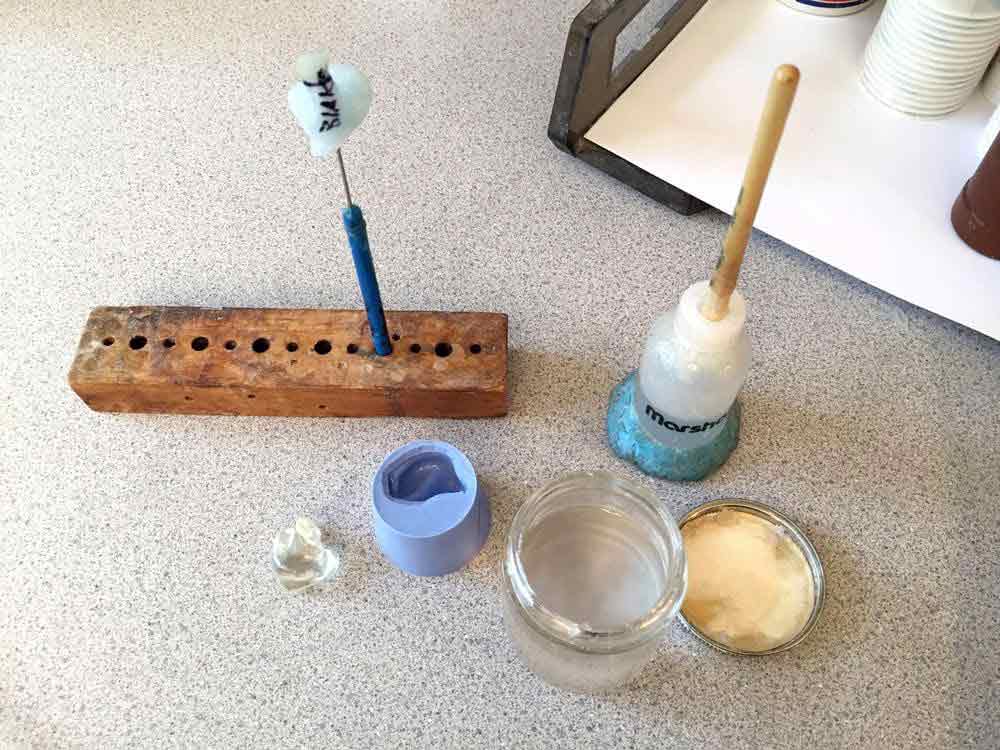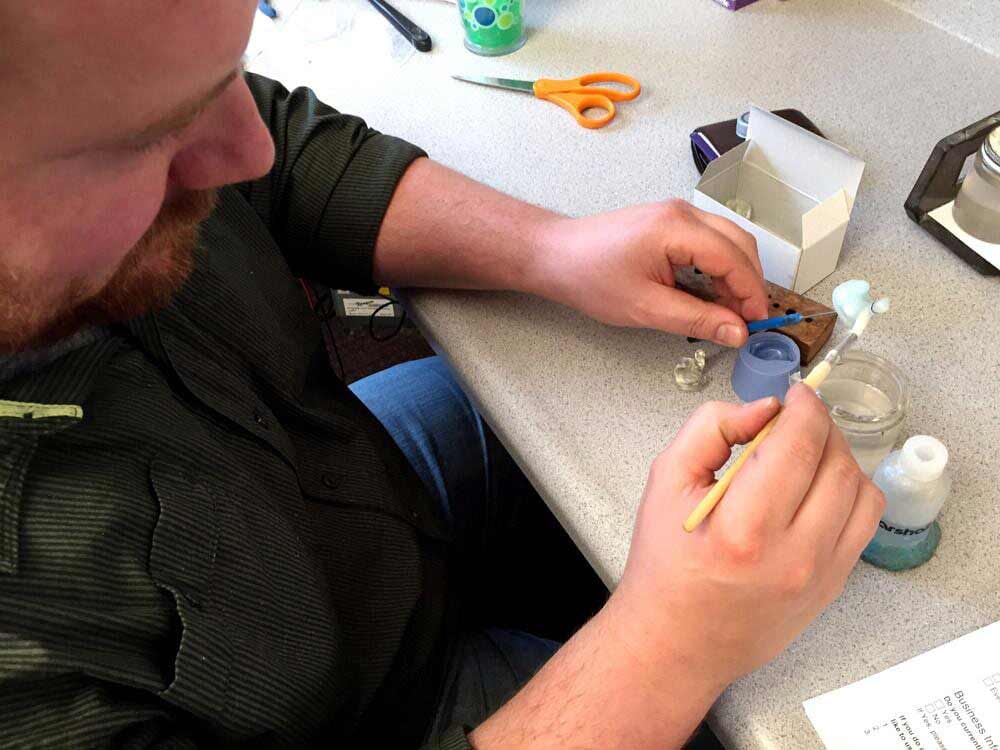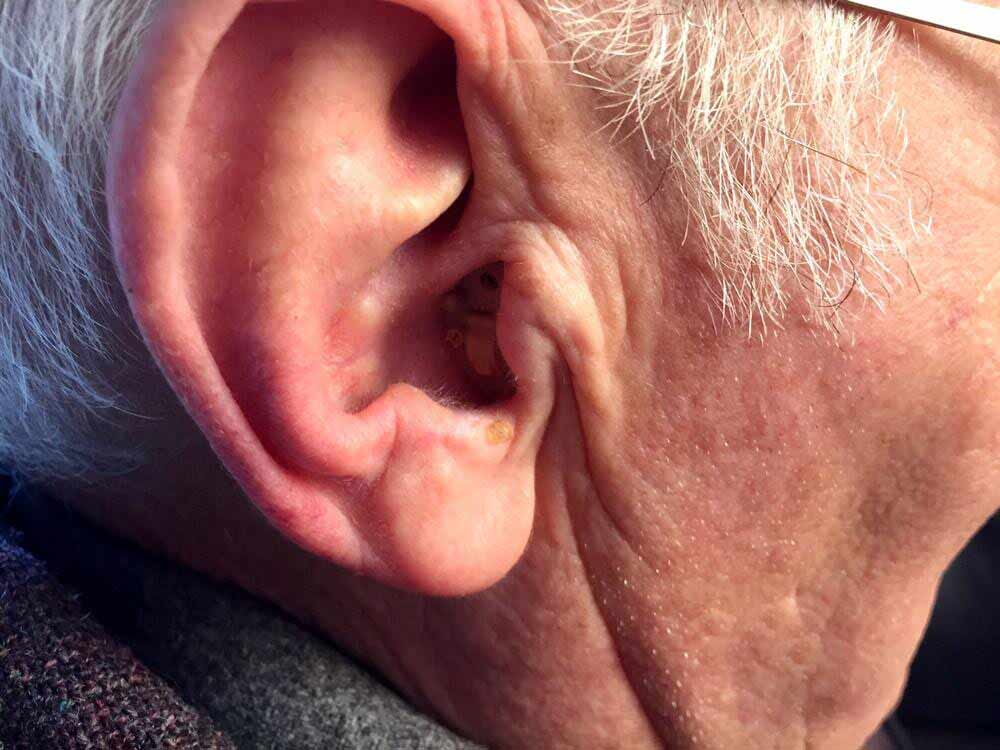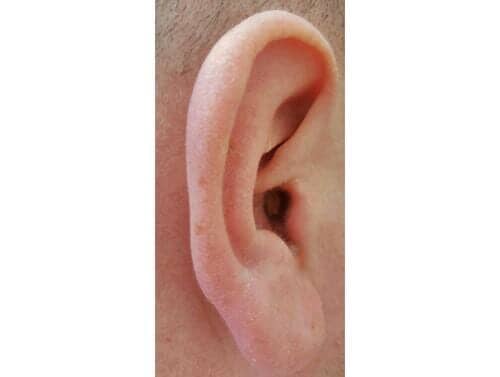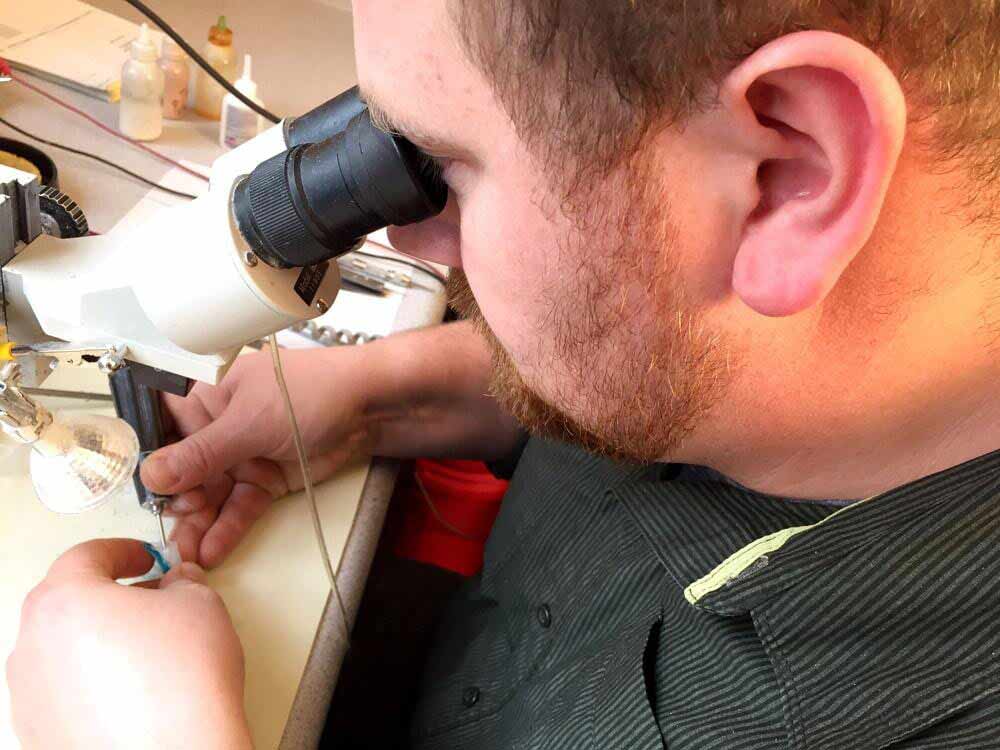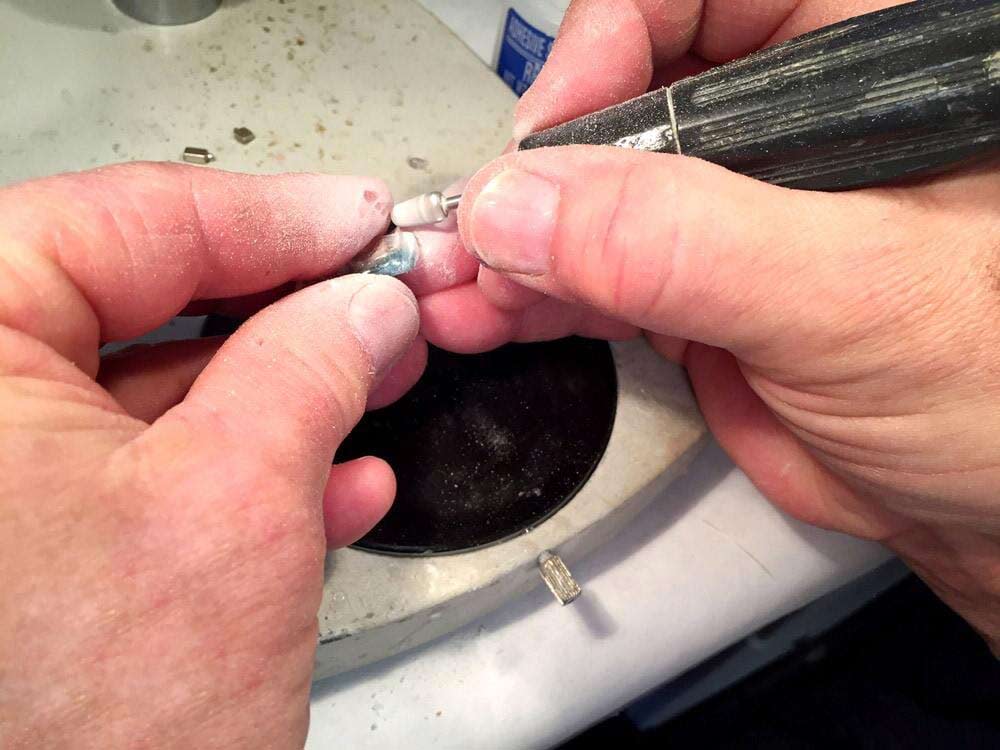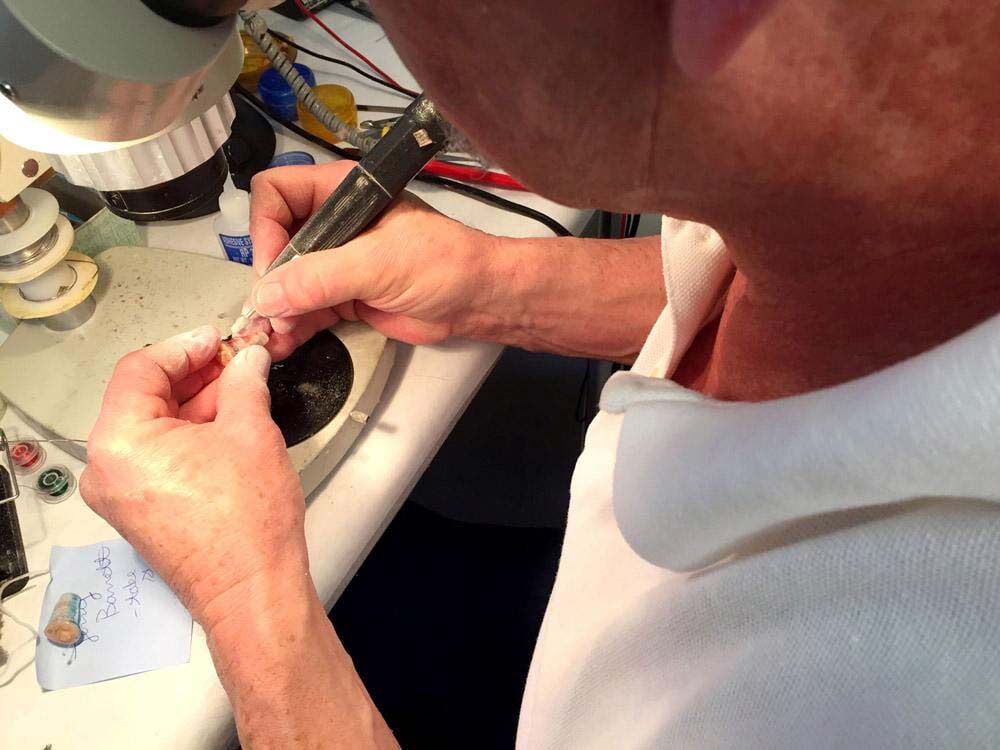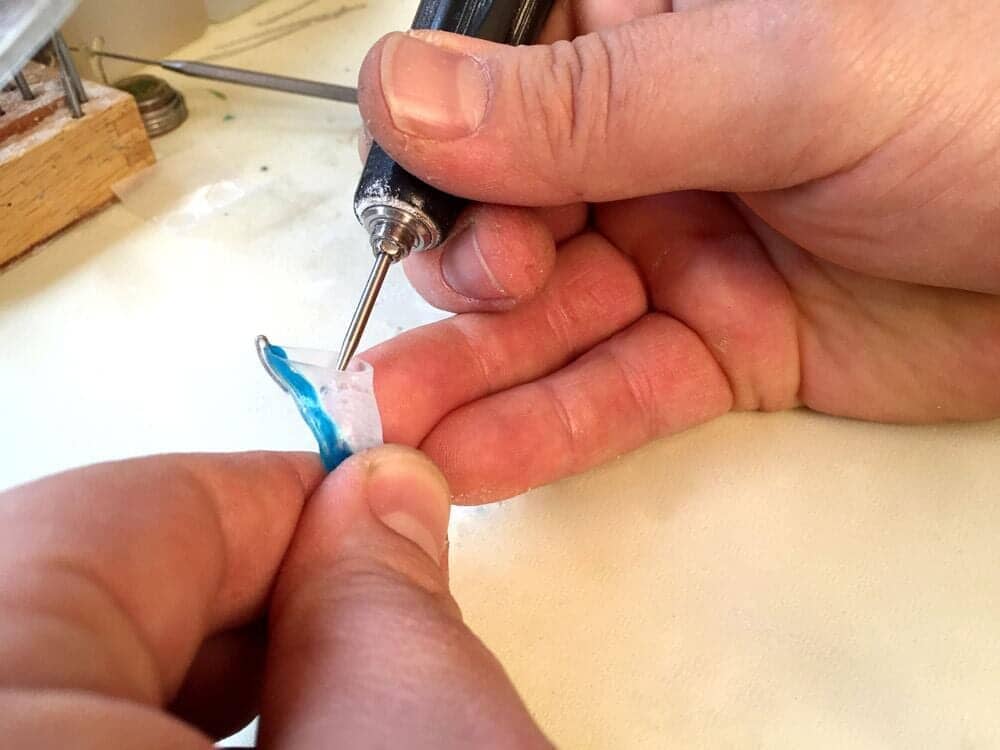Repair
Hearing Aid Repair Services
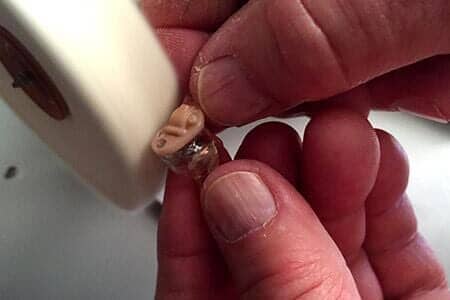
All hearing aids require periodic cleaning and maintenance to ensure that they continue to function properly. Debris, moisture, and wax can accumulate in the microphone and receiver (speaker) ports, affecting the clarity or the overall volume of sound that the instrument produces. At Kenyon Audiology, our technicians examine each hearing aid under a 10-power microscope and clean the microphone and receiver ports using a special vacuum system we developed specifically for this purpose.
Most often, a simple cleaning will restore the instrument to its proper function. Sometimes, a component will need to be replaced. We stock many common types of receivers and microphones and can often repair your hearing aid without having to 'send it in' to the factory, a process that can take as many as 30 days. Many repairs can be done with 'same day' service. Simple repairs may be accomplished while you wait or run a few errands.
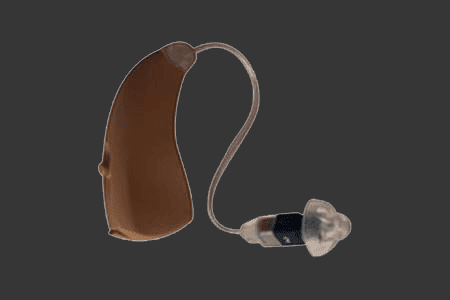
Should I Repair or Replace?
The number of years in a hearing aid's “useful life” can vary widely depending on many factors. Generally, the average lifespan of a hearing aid is about 5 years. On the other hand, we have many hearing aids out there that are still in service after 8 and even 10 years. These are, of course, the exceptions.
Over the years, our ears physically change. These changes often affect the fit of both custom instruments and ear mold, which may become “loose” over time. When coupled with the progressive nature of many types of hearing loss, we've often found that repairing an “old” hearing aid is likely to result in intractable, squealing feedback.
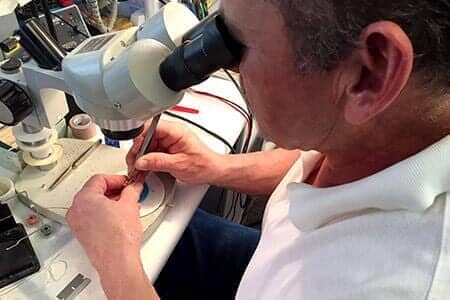
Other factors that affect the life span of a hearing aid are moisture, corrosion, and mechanical damage.
Custom hearing aids that are broken can often be reconstructed if enough pieces of the broken case can be recovered and the pieces are sufficiently large. Don't despair if this happens. Gather up as many of the broken pieces as possible, bring it in, and we'll take a look. After reassembly, the repair is virtually invisible, and the case is as strong as when new.
In the event that the case is too damaged to be repaired, the circuitry, components, and wiring can be placed into a new case at a much lower cost than buying a new replacement hearing aid.
Moisture damage can take many forms, from accidental immersion in water to damage caused by perspiration and skin oils. Hearing aids that have been accidentally dropped in water can often be “saved” if brought in to us quickly enough. Our technicians will remove water from the microphone and receiver using a vacuum process and inspect the wiring and circuitry for water infiltration.
Damage to hearing aids caused by perspiration and skin oils is insidious and cumulative. Perspiration contains salts and acids that can cause corrosion in hearing aid components and circuitry over time. Skin oils have a tendency to migrate into the microphone and receiver of the hearing aid, potentially causing the eventual failure of the component. The best preventative measure is frequent cleaning of the hearing aid to remove contaminants before they can enter key components. At Kenyon Audiology, hearing aid cleaning is always a free service.
Still wondering whether to repair or replace? Sometimes the need for new hearing aids is obvious. Sometimes, not so much. We can help! An evaluation of your current instrument’s condition and performance, the type and degree of your hearing loss and an assessment of your lifestyle and needs will provide information that can assist you in making that decision. Call for an appointment today! Kenyon Audiology 541-317-1265.
Other factors that affect the life span of a hearing aid are moisture, corrosion, and mechanical damage.
Custom hearing aids that are broken can often be reconstructed if enough pieces of the broken case can be recovered and the pieces are sufficiently large. Don't despair if this happens. Gather up as many of the broken pieces as possible, bring it in, and we'll take a look. After reassembly, the repair is virtually invisible, and the case is as strong as when new.
In the event that the case is too damaged to be repaired, the circuitry, components, and wiring can be placed into a new case at a much lower cost than buying a new replacement hearing aid.
Moisture damage can take many forms, from accidental immersion in water to damage caused by perspiration and skin oils. Hearing aids that have been accidentally dropped in water can often be “saved” if brought in to us quickly enough. Our technicians will remove water from the microphone and receiver using a vacuum process and inspect the wiring and circuitry for water infiltration.
Damage to hearing aids caused by perspiration and skin oils is insidious and cumulative. Perspiration contains salts and acids that can cause corrosion in hearing aid components and circuitry over time. Skin oils have a tendency to migrate into the microphone and receiver of the hearing aid, potentially causing the eventual failure of the component. The best preventative measure is frequent cleaning of the hearing aid to remove contaminants before they can enter key components. At Kenyon Audiology, hearing aid cleaning is always a free service.
Still wondering whether to repair or replace? Sometimes the need for new hearing aids is obvious. Sometimes, not so much. We can help! An evaluation of your current instrument’s condition and performance, the type and degree of your hearing loss and an assessment of your lifestyle and needs will provide information that can assist you in making that decision. Call for an appointment today! Kenyon Audiology 541-317-1265.
Our Location
Browse Our Website
Our Location
Content, including images, displayed on this website is protected by copyright laws. Downloading, republication, retransmission or reproduction of content on this website is strictly prohibited. Terms of Use
| Privacy Policy

